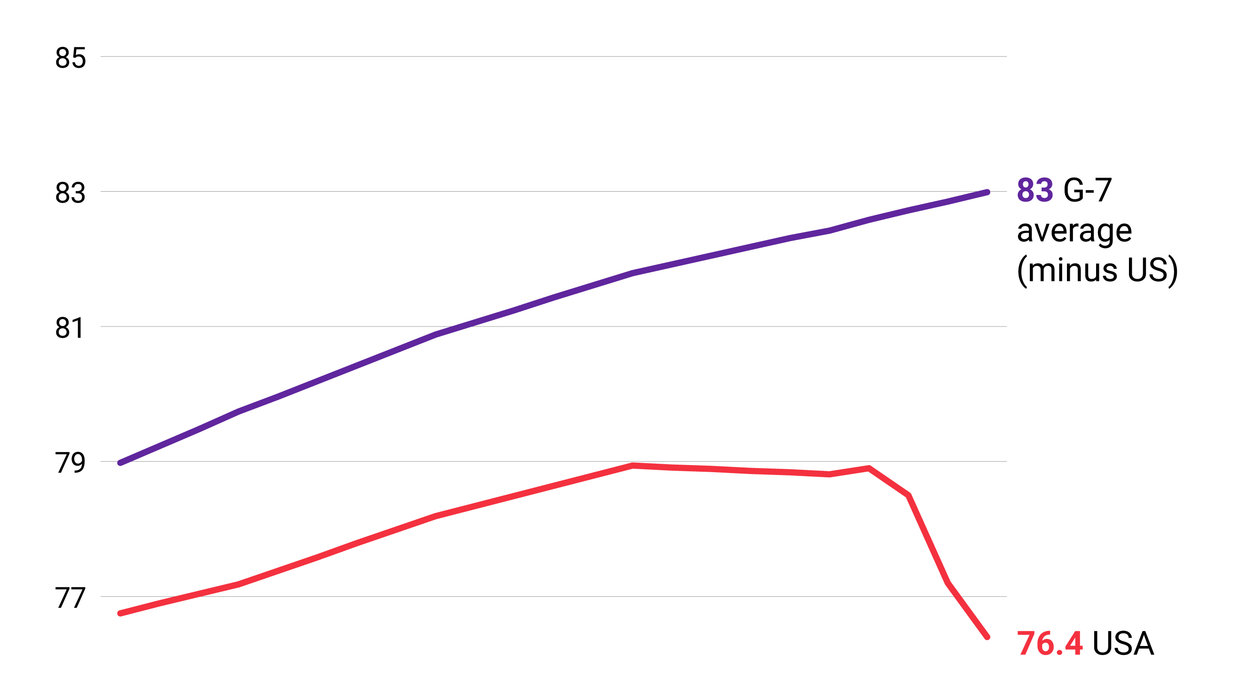GZERO World Clips
Why is America punching below its weight on happiness?
It's a good time to be alive in America. The wealthiest nation on earth, though, is full of unhappy people, Harvard psychologist Steven Pinker points out on GZERO World with Ian Bremmer.
Sep 27, 2023


